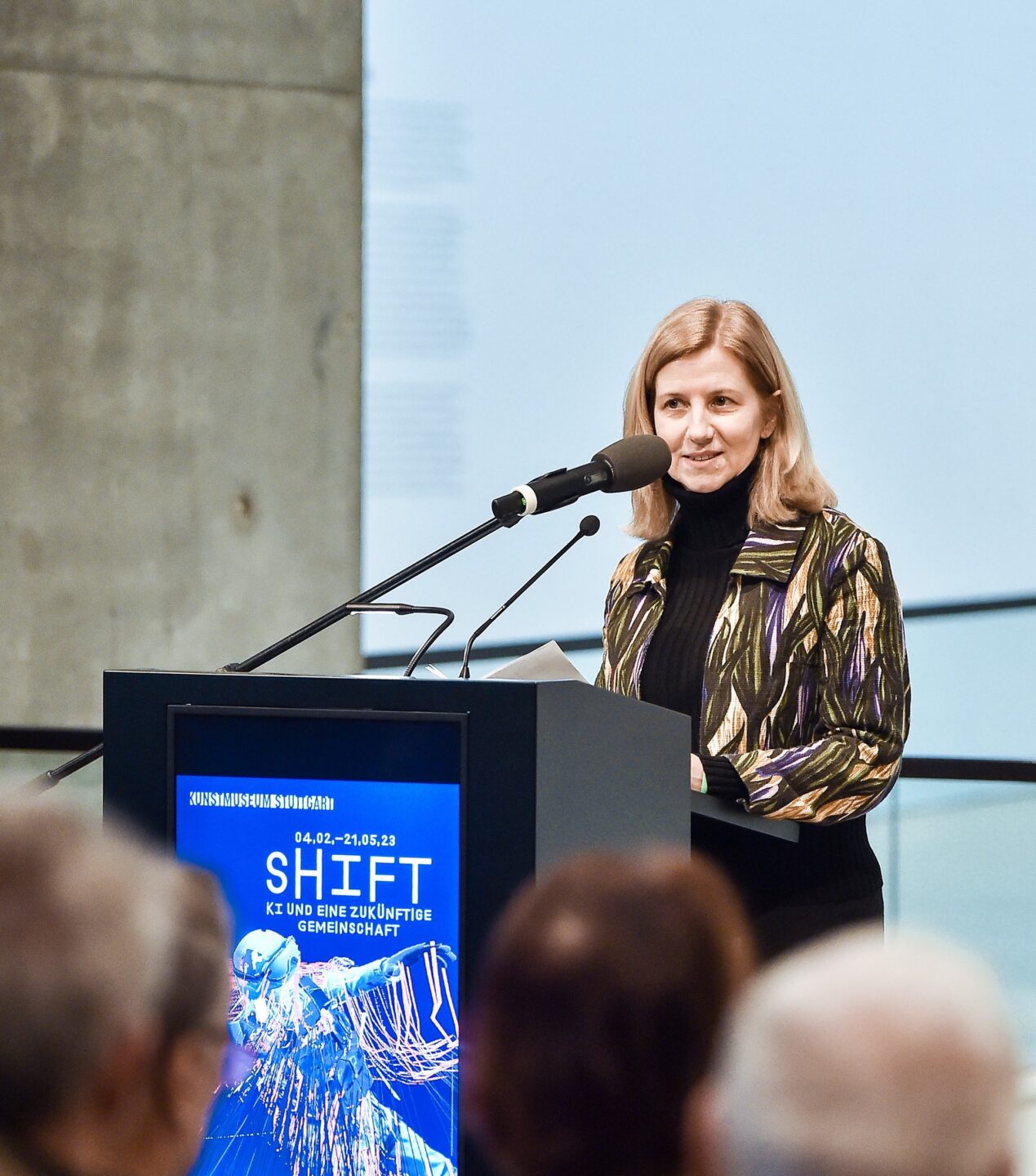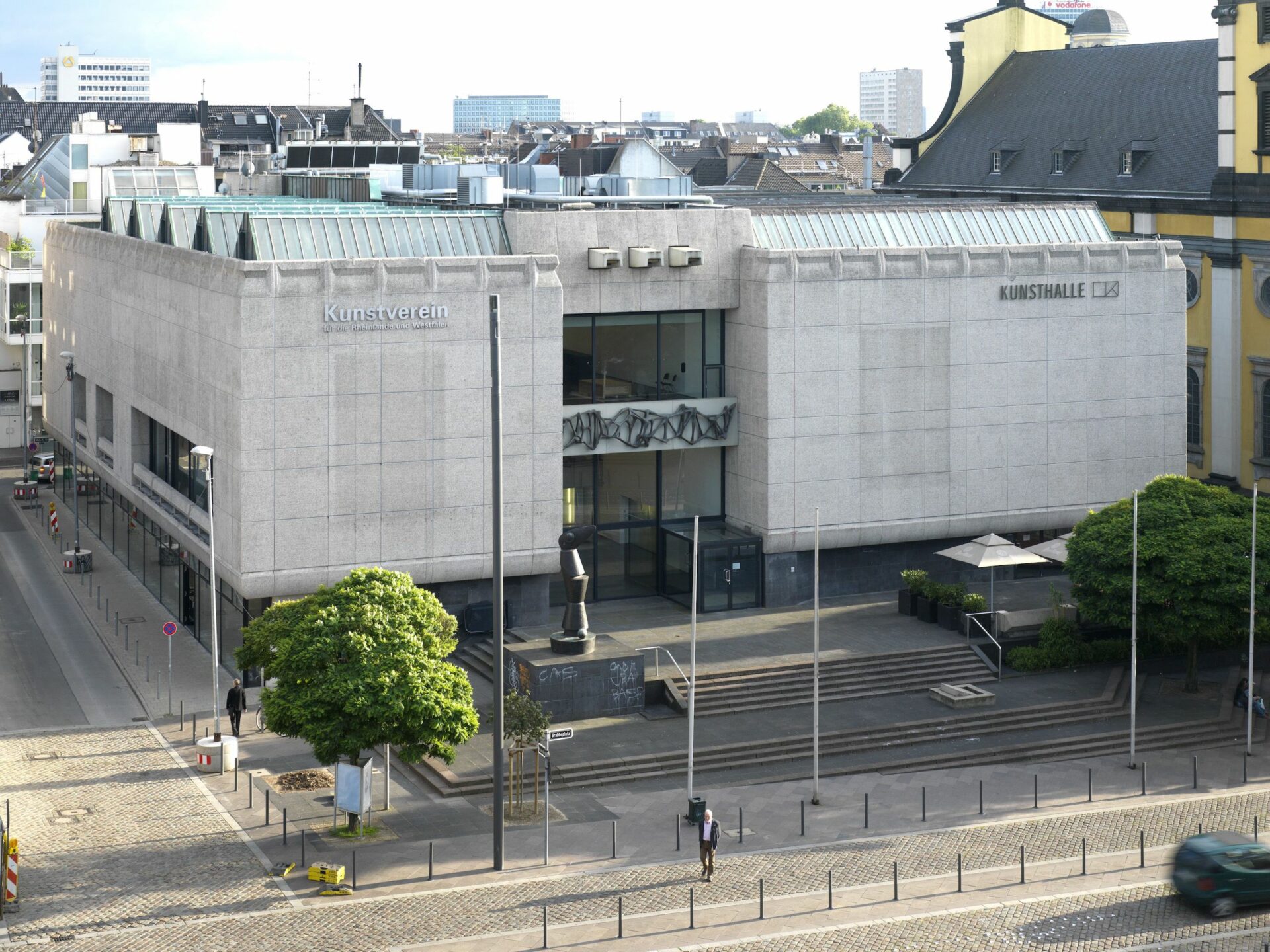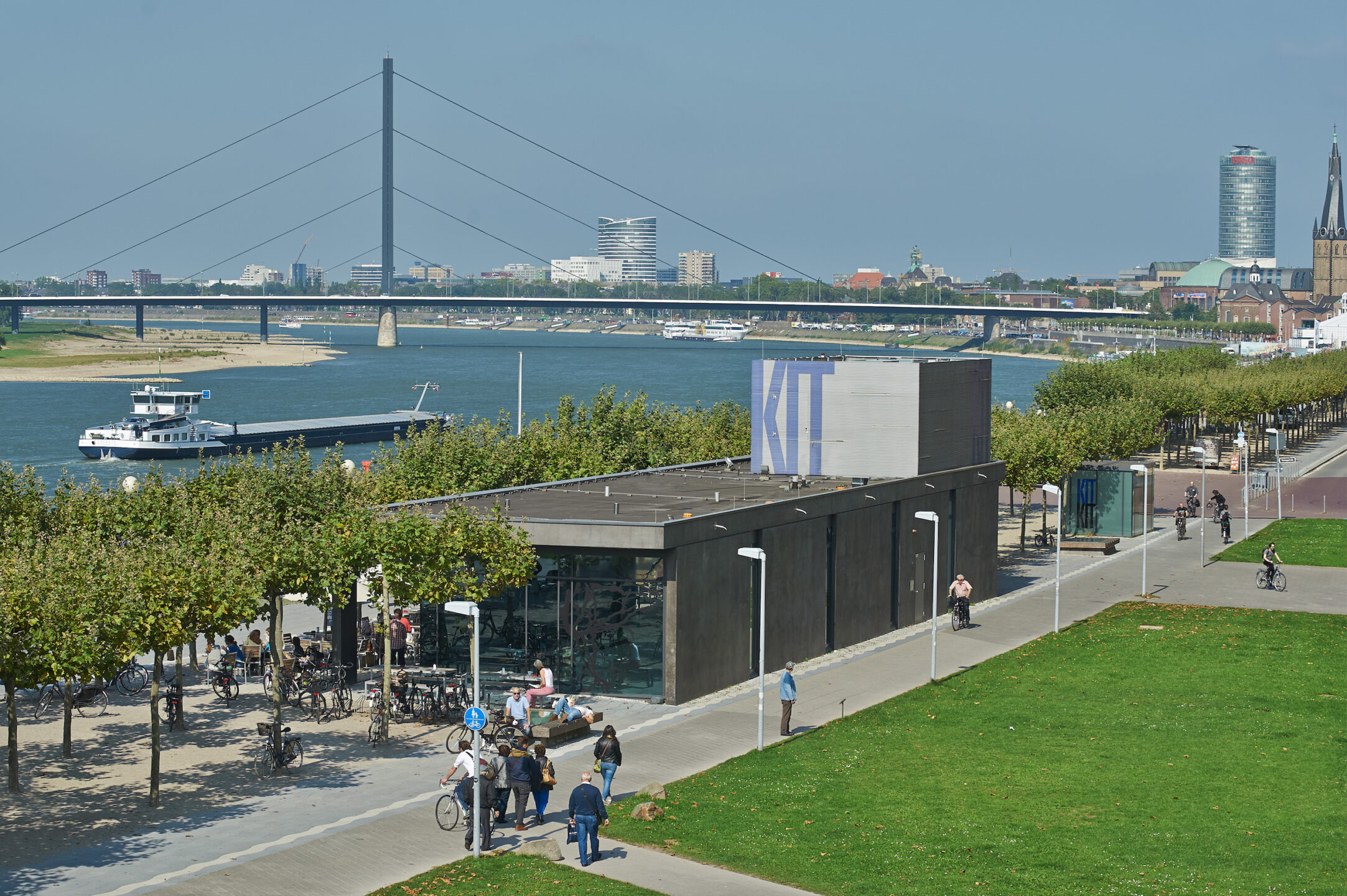Ulrike Groos on the Diverse Flair of Düsseldorf’s Art Scene


As part of our new series, Düsseldorf Talks, we talk to people from the arts and culture who have a personal connection to Düsseldorf about their ties to the city, and together we take a look at inspiring, beloved, and frequently visited places in Düsseldorf.
Words: Annalena Roters and Chris Erik Thomas.
When Ulrike Groos was appointed director of the Kunstmuseum Stuttgart over 12 years ago, she came to the position with a long list of professional achievements. Born in Hessen in 1963, she studied art history, musicology, and ethnology in Würzburg, New York, and Münster. After pursuing her doctorate from 1984 through 1994, Groos did a traineeship at the Westphalian State Museum of Art and Cultural History in Münster, solidifying her mastery of art history. Since 1995 she has supported and directed many projects, curated and taught in Luxembourg and Zurich, among other places, and worked on a variety of committees. From 2002 through 2007, she was director of the Kunsthalle Düsseldorf and curated such exhibitions as 2002’s “Back to Concrete. The Beginnings of Punk and New Wave in Germany 1977-1982 Dan Graham. Works 1965-2000.”
The fact that art mediation is close to her heart is evident not only from her extensive curriculum vitae but also in our conversation with the museum director. For our series on local insights, Groos reminisced about her personal connection to Düsseldorf, where she led the Kunsthalle for seven years, looked back on her time in the Rhine metropolis with joy, and revealed what culinary highlights the city has to offer. In addition, she gives us a preview of her busy year and reflected on the exhibition “SHIFT. AI and a Future Community,” which opened at the Kunstmuseum Stuttgart in February and focused on the dialogue between science and art in the field of artificial intelligence through the work of eight international artists.

Image courtesy of Kunsthalle.
You were the director of the Kunsthalle Düsseldorf from 2002 to 2009. How did you experience the city back then?
[I was] lively, open, and curious, with a great interest in art and culture. Due to the fact that so many artists live in the city, there were constantly stimulating debates.
After seeing an art exhibition, where do you prefer to drink your coffee or go out for a meal?
Even during my time in Düsseldorf, I loved the many Japanese restaurants and visited them constantly. They are so different in ambiance and with their variety of dishes. I didn’t have a favorite Japanese restaurant, so I always went somewhere else.
For coffee and cake, [I recommend] Pure Freude. They have the best petit four, eclairs, and chocolates. Pure Freude used to be the name of Carmen Knoebel’s music label, with whom we worked closely on our first exhibition at the Kunsthalle Düsseldorf on punk and new wave. Her daughter Olga now runs this fine French patisserie.
Which art venue in Düsseldorf do you particularly recommend to our readers? What can you discover there? What makes this place special?
There are so many good and special art venues. I still think KIT – Kunst im Tunnel is wonderful, not only as an exhibition space because of its specific architecture being located in a tunnel and the location directly by the Rhine, but also because of the decidedly young program.

Image courtesy of KIT.
What are your plans and projects this year?
We have a lot going on this year. At the beginning of February, we opened the exhibition “SHIFT. AI and a Future Community” in collaboration with Marta Herford, which is dedicated to the dialog between science and art in the field of artificial intelligence through the work of eight international artists. This will be followed in the summer by a major overview exhibition of the work of the artist Wolfgang Laib, who lives in Baden-Württemberg — in addition to India and New York. We will show several of Laib’s characteristic works with natural materials such as beeswax, pollen, milk, and rice, [and we] are currently shooting a film about him and are producing a very special book together with him.
At the end of the year, we’re looking at the new Objectivity “type” portrait in the Weimar period in an exhibition called “Look at The People!” At about the same time, a year-long project on the Stuttgart artist Otto Herbert Hajek begins, involving the public space around the museum. And there will also be a new “Frischzelle,” [which is] our firmly established and popular public exhibition series of young artists. The 29th edition will run until September with works by the photo artist Hanna J. Kohler.
Düsseldorf is immensely important to me as an art hub.
You’re looking at Düsseldorf from Stuttgart today. What kind of appeal does Düsseldorf have as a city of art?
Düsseldorf is immensely important to me as an art hub. I try to see as many of the exhibitions in the city as possible, not only because I remain good friends with some of the people in Düsseldorf’s art scene. There is so much to discover; the diverse offerings are wide-ranging because the private museums have very different focuses, and Düsseldorf invites artists from all over the world to come to the city. I like this special flair and the many languages at the previews and openings. Düsseldorf’s galleries, too, are always worth a visit. I look forward to going there every September because of the art and because I meet many of my colleagues again.
Chris Erik Thomas is the Digital Editor of Art Düsseldorf. They work as a freelance writer and editor in Berlin and focus primarily on culture, art, and media. Their work can also be seen in Highsnobiety, The Face Magazine, and other publications.